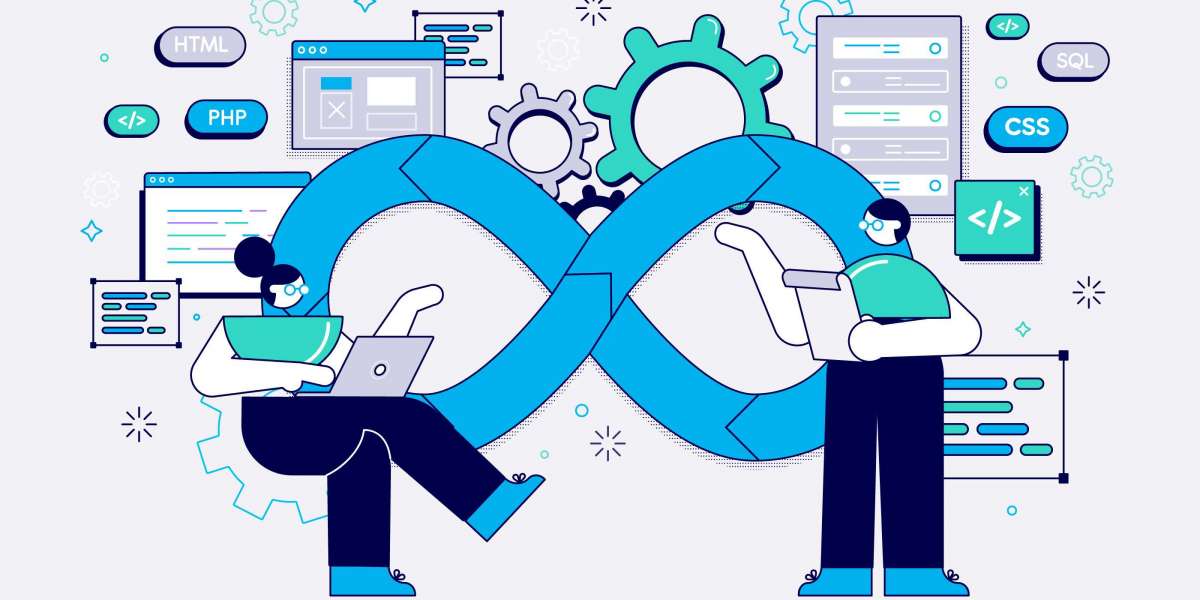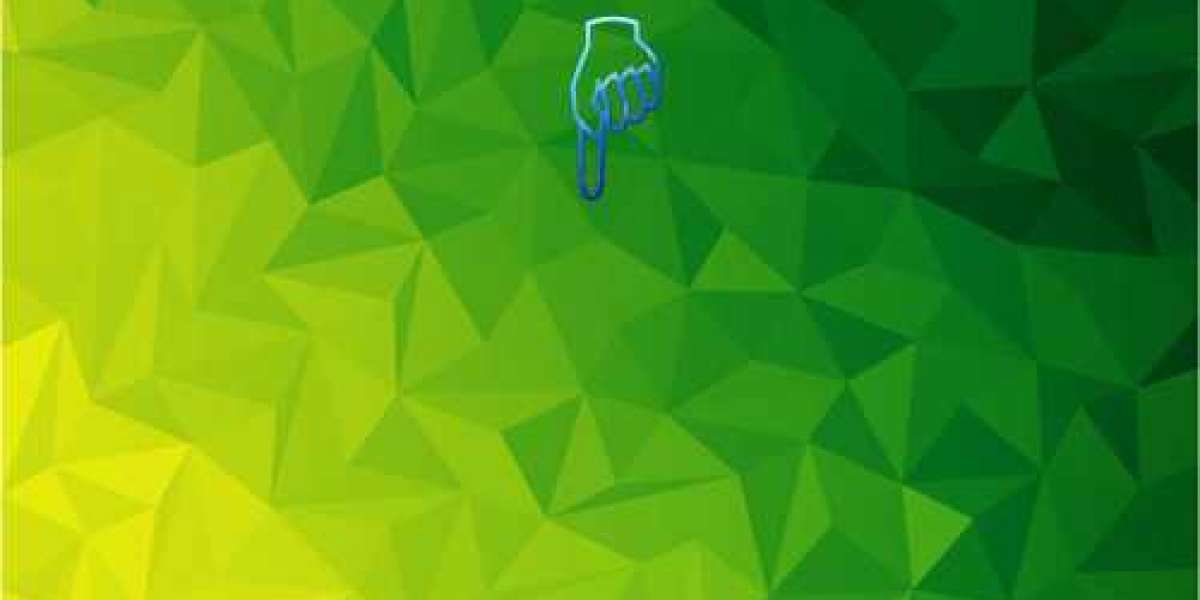Software development is a dynamic field that constantly evolves to embrace new methodologies and practices. Yet, amid the ever-changing landscape, traditional software development models like Waterfall and V-Model still hold a significant place in the industry. In this article, we'll dive into a comparative exploration of these two classic methodologies, delving into their key principles, advantages, disadvantages, and scenarios where each excels.
Traditional Software Development Models
The Waterfall Model
The Waterfall model is one of the oldest and most straightforward software development solutions. It follows a linear and sequential approach, with each phase depending on the deliverables of the previous one. In the Waterfall model, you can expect to find the following typical phases:
- Requirements: The project begins with a thorough gathering of requirements, often involving stakeholders, clients, and end-users.
- Design: Once requirements are clear, the design phase starts, where architects and designers create system architecture and detailed design specifications.
- Implementation: In this phase, developers write code based on the design specifications.
- Testing: After implementation, testing is performed to ensure that the system meets the specified requirements.
- Deployment: Once the software passes testing, it is deployed to the production environment.
- Maintenance: Maintenance involves ongoing support and updates to address issues and introduce enhancements.
Advantages of the Waterfall Model
- Clarity and Simplicity: The linear, step-by-step nature of the Waterfall model makes it easy to understand and manage.
- Well-Defined Requirements: Clear and detailed requirements are established at the beginning, reducing the likelihood of scope changes.
- Stability: Once a phase is completed, it's difficult for changes to affect earlier stages, enhancing project stability.
Disadvantages of the Waterfall Model
- Rigidity: Its sequential nature can be rigid, making it challenging to accommodate changing requirements.
- Long Time-to-Market: The entire project is completed before user feedback is available, potentially leading to delays and misalignment with user needs.
- Limited Flexibility: It may not be suitable for projects where requirements are uncertain or evolve during development.
The V-Model
The V-Model, or Verification and Validation Model, is a variation of the Waterfall model with an increased focus on testing and validation. This model emphasizes the relationship between the development phases and the corresponding testing phases. The key phases in the V-Model include:
- Requirements Analysis: In this phase, detailed requirements are gathered and analyzed.
- System Design: Design specifications are created based on the requirements.
- Unit Testing: Unit tests are developed for individual components during the coding phase.
- Integration Testing: The integration of components is tested to ensure that they work together as intended.
- System Testing: The entire system is tested for compliance with the requirements.
- Acceptance Testing: The system is tested to verify that it meets the user's needs and expectations.
Advantages of the V-Model
- Emphasis on Testing: The V-Model places significant importance on testing, which can lead to higher software quality.
- Clear Traceability: There's a clear and traceable relationship between requirements, design, and testing phases.
- Early Detection of Issues: Testing is integrated from the beginning, allowing for early issue detection and resolution.
Disadvantages of the V-Model
- Inflexible: Like the Waterfall model, the V-Model can be inflexible when dealing with changing requirements.
- Limited User Involvement: User feedback tends to come late in the development cycle, potentially leading to misalignment with user needs.
- Resource-Intensive: The V-Model can be resource-intensive, as testing is integrated throughout the development process.
A Comparative Analysis
To assess which model is suitable for a given project, it's essential to consider various factors, including project size, complexity, stability of requirements, and the extent of user involvement.
Project Size and Complexity: For smaller, well-defined projects with stable requirements, both the Waterfall and V-Model can be effective. However, the Waterfall model may be more efficient for straightforward projects.
Requirement Stability: If requirements are likely to change during the project, the V-Model's emphasis on testing and early issue detection can be advantageous. It allows for greater adaptability in response to evolving requirements.
User Involvement: Projects where user feedback and collaboration are crucial may benefit from the V-Model's focus on testing and validation. User feedback is integrated throughout the development process, reducing the risk of misalignment with user needs.
Resource Constraints: The Waterfall model can be more resource-efficient, making it a good choice for projects with limited resources.
Regulatory and Compliance Requirements: The V-Model's emphasis on verification and validation makes it well-suited for projects subject to regulatory and compliance requirements.
When to Combine Both Models
In some cases, a hybrid approach that combines elements of both the Waterfall and V-Model can be effective. This approach is often used in projects with multiple phases, each requiring a stable, well-defined development cycle, and rigorous testing. The hybrid model provides a structured framework that allows for adaptability and rigorous quality assurance.
Conclusion
The choice between the Waterfall model and the V-Model in software development services is not one-size-fits-all. Both models have their strengths and weaknesses, and the decision should be based on the specific needs and characteristics of the project at hand. While newer agile methodologies have gained popularity, traditional models like Waterfall and V-Model still find relevance in certain contexts.
Ultimately, a successful software development project relies on a clear understanding of the project's requirements, the development team's capabilities, and the expectations of stakeholders. By carefully assessing the factors mentioned and considering the advantages and disadvantages of each model, software development teams can make informed decisions that lead to successful project outcomes. Whether opting for a traditional approach or embracing a more agile methodology, the key is to choose the model that best aligns with the project's unique requirements and goals.








